Nathan Waits, varsity men’s soccer forward and senior, pulled his hamstring last season and was out for two weeks. Kelcy Welch, varsity women’s cross-country runner and junior, suffered a back injury during the post-season and had to miss the Metropolitan Interscholastic Conference meet. Patrick “Pat” Appleton, varsity men’s cross-country runner and senior, suffered a stress fracture on his right tibia last season after running on the injury for two months.
The common angle? Each of these athletes experienced injuries that could have been prevented if they had taken certain precautions.

“I could’ve spent more time warming up and stretching to avoid getting hurt,” Waits said.
Athletic trainer Dawn Ellington said that she has witnessed many athletes getting an injury that could have been prevented. Ellington said that around 10 to 15 percent of athletes at this school that visit her suffered a preventable injury. According to Ellington, athletes can minimize their risk of getting injured by wearing proper equipment, hydrating, eating well and dynamic stretching. She said that the main causes of preventable injuries are lack of preparation and not taking time to even go over minor factors such as stretching. Also, Ellington said that there are some athletes that try too hard and push themselves too much for their body to handle.
“The biggest thing that we see is that they’re (athletes) just not prepared for their sport at times,” Ellington said.
During the fall of 2011, Waits said that he pulled his right hamstring during a soccer tournament. He said his injury could have been prevented if he warmed up more often and stretched carefully. According to Waits, he would rush through warm-ups and would not take that much time stretching. Before the injury, Waits said he did not warm-up much since he thought warm-ups would not be effective for preventing injuries.
While he was injured, Waits had trainers stretch him more carefully and strengthen his hamstring. He also stopped running quite as hard when he felt his hamstring pull, and he had to go through physical therapy to recover. Waits said he has learned from his injury, and he will be more cautious while stretching and warming up. Ever since the injury, Waits said he has spent more time warming up to prevent more future injuries. Waits added that he would focus on stretching his hamstring now to prevent drawbacks from the injury.
“Before I haven’t stretched as much as I needed to. Now I stretch more so I don’t get hurt again,” Waits said.
Waits is not alone, as many high school athletes around the nation suffered an injury that they felt that they could have prevented. According to WebMD.com, some of the most common injuries that could have been prevented are ankle sprains, hamstring strains, shin splints and knee injuries. It recommends that athletes start workouts with a light warm-up to increase blood flow to the muscles and to improve flexibility. Fatigue and overuse also play a role in injuries. WebMD also recommends that athletes condition themselves slowly since rapid changes in intensity can cause a strain on the human body.
Like Waits, Welch also underwent an injury during the fall of 2011. Welch got injured in a meet during the 2011 season when she was running and stepped on something during a wet and muddy day. Welch also said that her running form was slightly off and different. According to Welch, her back started to hurt pretty badly when she finished running, and she had to sit out during the Metropolitan Interscholastic Conference (MIC) meet. Ever since the injury, Welch has done constant exercises to make sure her back is aligned. Also, Welch has to be conscious about the way she stands to keep her back constantly aligned. However, Welch feels that she did not suffer any long-term counter effects other than keeping her back aligned.
“Ever since I got hurt, I had to be careful about how I stand and how I run,” Welch said.
Appleton suffered a stress fracture as a result of running on his injury. Appleton said he knew about his injury but did not tell his coach because he did not want to sit out. He said that he regretted his decision to run on his right tibia when he should have sat out. Ever since the injury, Appleton has cross-trained, which is exercising multiple parts of the body with one exercise, often. He also iced his leg and avoided playing as much basketball to prevent his tibia from getting worse. Appleton has also started telling his coach every time he feels hurt.
“If I had the opportunity to warn myself before I got hurt, I would have told myself to tell the coaches when I’m hurt,” Appleton said.
The three athletes said they agree that they could have found some way to prevent their respective injuries. These athletes said that they could have avoided theirinjuries if they were more cautious. Also, they have changed the ways that they work out and practice to prevent future injuries.
They have learned from their injuries in order to not repeat the same mistakes again. For Waits, that could mean stretching more often and paying attention to warm-ups. For Welch, that means improving on her running form. It could mean for Appleton to start listening to his body and telling his coach every time he feels hurt.
“I definitely know what to do now,” Appleton said. “And I learned from my mistakes, so I won’t get hurt again.”


















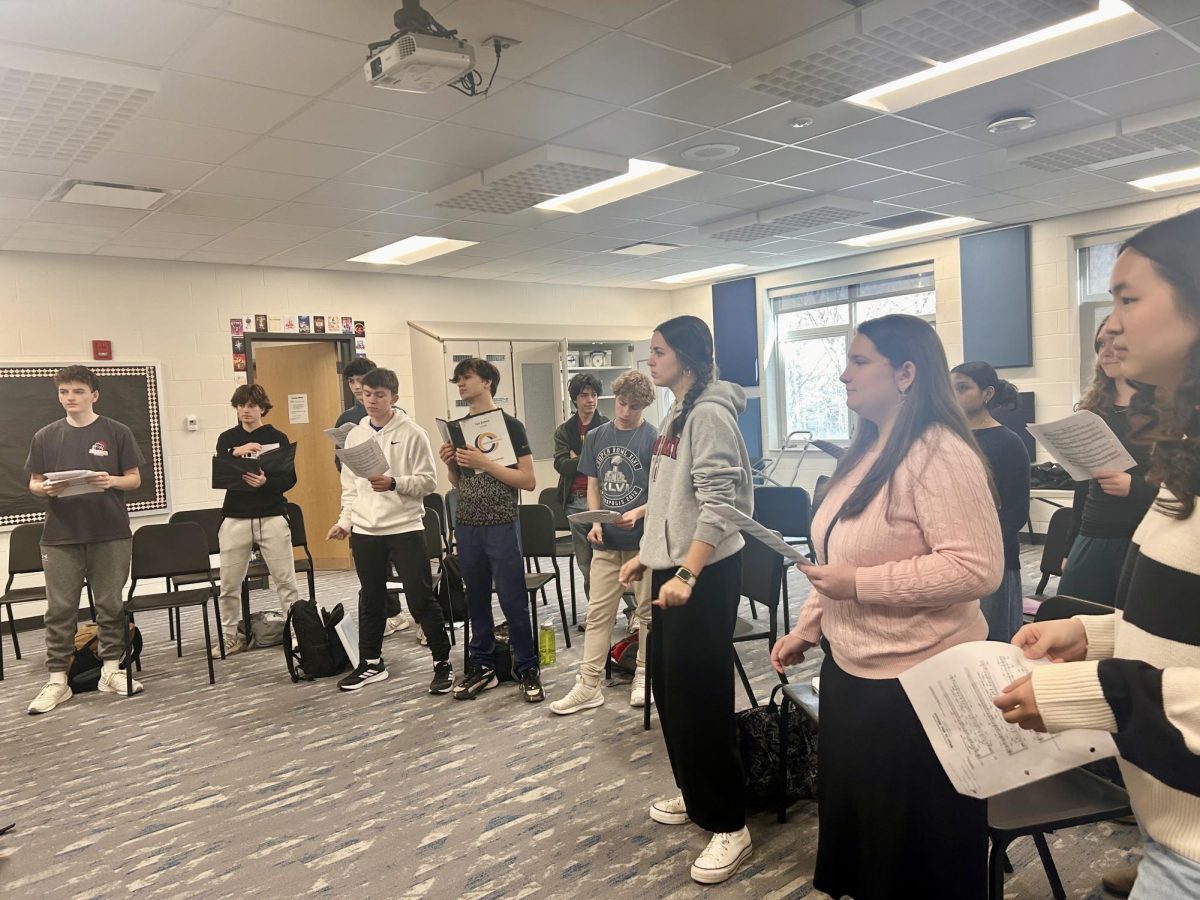

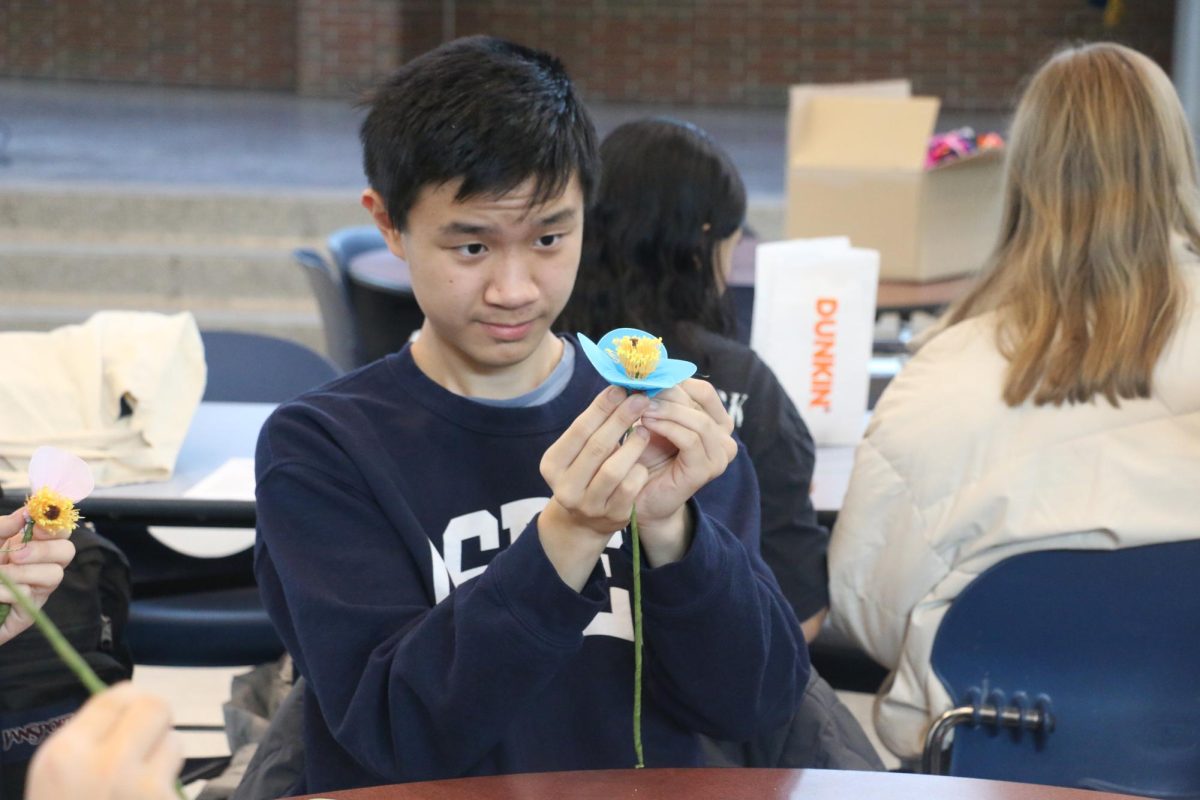



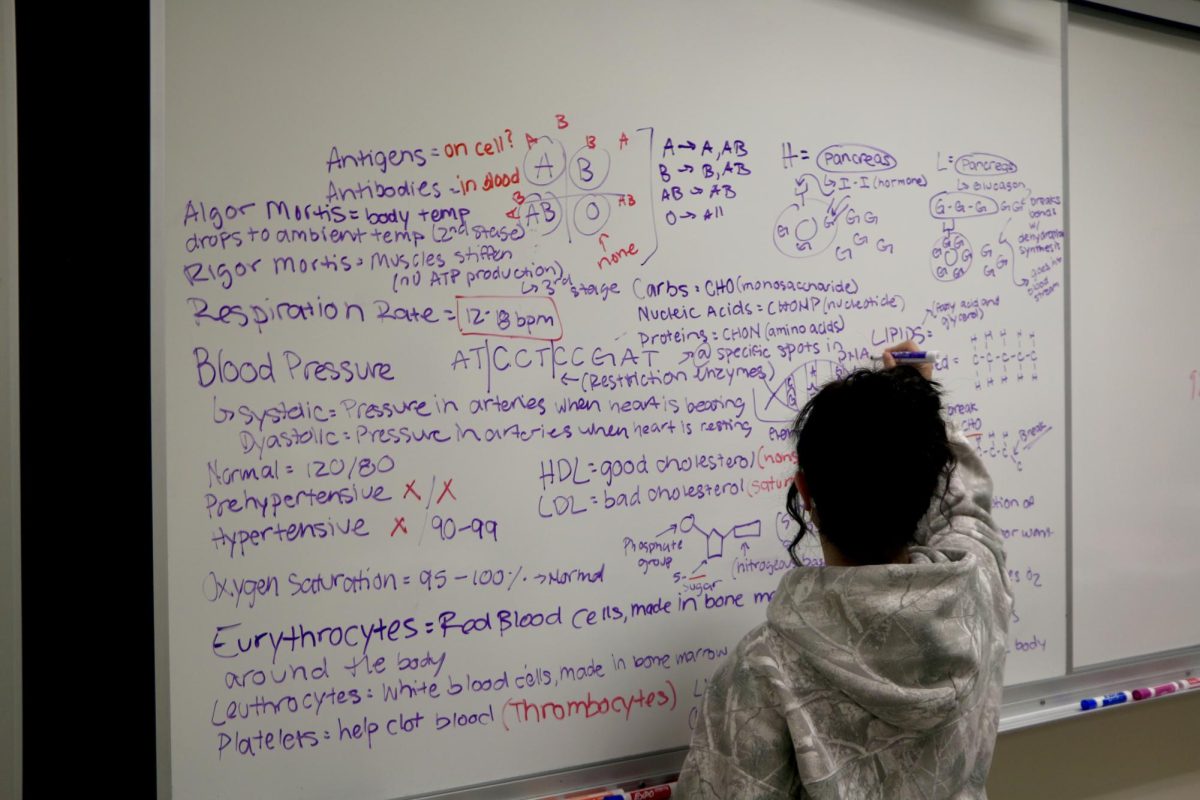
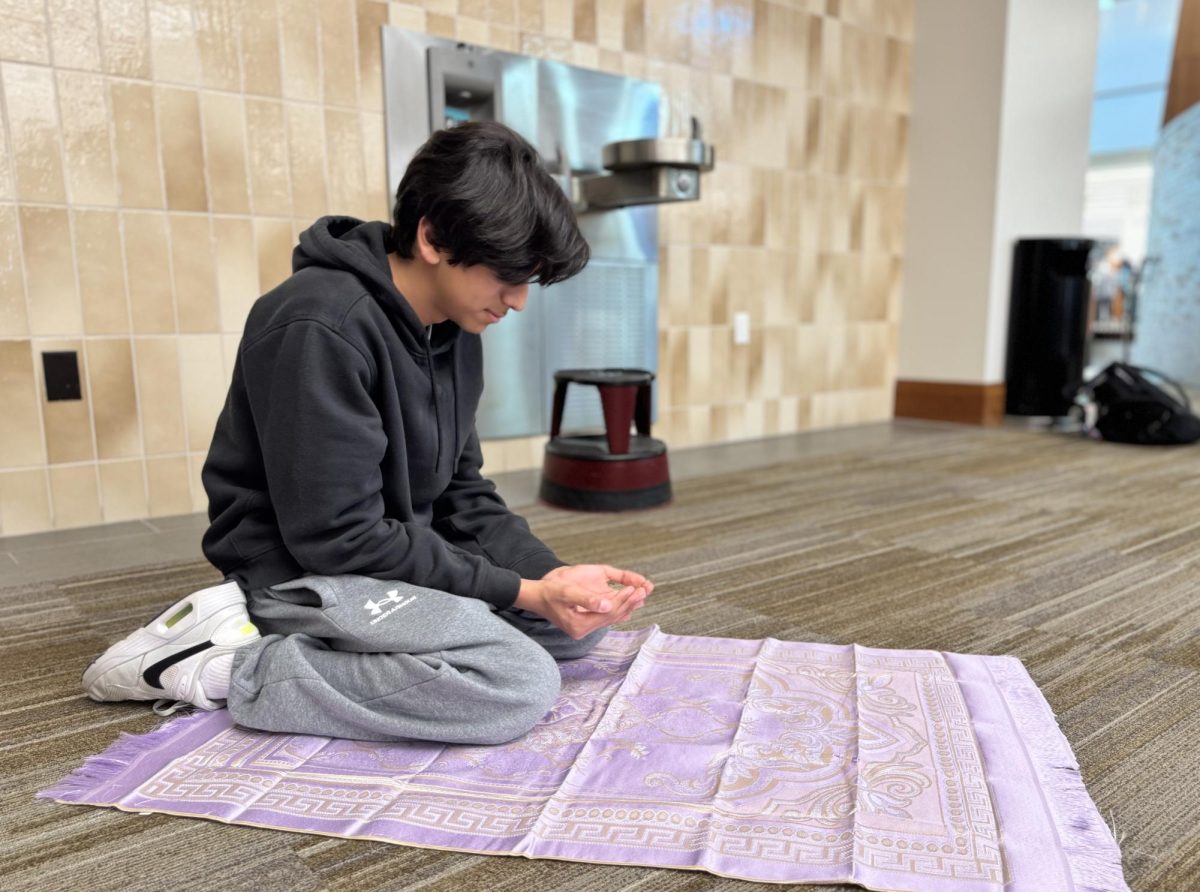



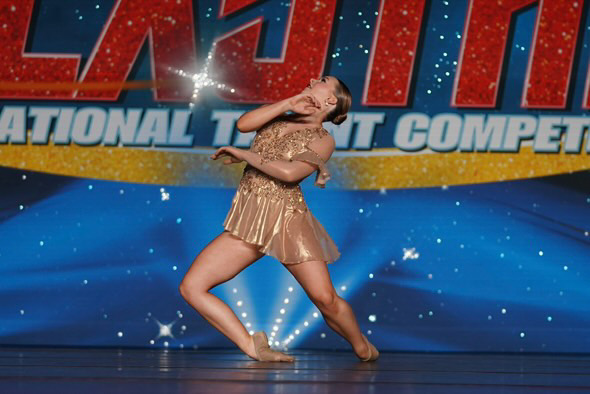

![AI in films like "The Brutalist" is convenient, but shouldn’t take priority [opinion]](https://hilite.org/wp-content/uploads/2025/02/catherine-cover-1200x471.jpg)













































![Review: “The Immortal Soul Salvage Yard:” A criminally underrated poetry collection [MUSE]](https://hilite.org/wp-content/uploads/2025/03/71cju6TvqmL._AC_UF10001000_QL80_.jpg)
![Review: "Dog Man" is Unapologetically Chaotic [MUSE]](https://hilite.org/wp-content/uploads/2025/03/dogman-1200x700.jpg)
![Review: "Ne Zha 2": The WeChat family reunion I didn’t know I needed [MUSE]](https://hilite.org/wp-content/uploads/2025/03/unnamed-4.png)
![Review in Print: Maripaz Villar brings a delightfully unique style to the world of WEBTOON [MUSE]](https://hilite.org/wp-content/uploads/2023/12/maripazcover-1200x960.jpg)
![Review: “The Sword of Kaigen” is a masterpiece [MUSE]](https://hilite.org/wp-content/uploads/2023/11/Screenshot-2023-11-26-201051.png)
![Review: Gateron Oil Kings, great linear switches, okay price [MUSE]](https://hilite.org/wp-content/uploads/2023/11/Screenshot-2023-11-26-200553.png)
![Review: “A Haunting in Venice” is a significant improvement from other Agatha Christie adaptations [MUSE]](https://hilite.org/wp-content/uploads/2023/11/e7ee2938a6d422669771bce6d8088521.jpg)
![Review: A Thanksgiving story from elementary school, still just as interesting [MUSE]](https://hilite.org/wp-content/uploads/2023/11/Screenshot-2023-11-26-195514-987x1200.png)
![Review: "When I Fly Towards You", cute, uplifting youth drama [MUSE]](https://hilite.org/wp-content/uploads/2023/09/When-I-Fly-Towards-You-Chinese-drama.png)
![Postcards from Muse: Hawaii Travel Diary [MUSE]](https://hilite.org/wp-content/uploads/2023/09/My-project-1-1200x1200.jpg)
![Review: "Ladybug & Cat Noir: The Movie," departure from original show [MUSE]](https://hilite.org/wp-content/uploads/2023/09/Ladybug__Cat_Noir_-_The_Movie_poster.jpg)
![Review in Print: "Hidden Love" is the cute, uplifting drama everyone needs [MUSE]](https://hilite.org/wp-content/uploads/2023/09/hiddenlovecover-e1693597208225-1030x1200.png)
![Review in Print: "Heartstopper" is the heartwarming queer romance we all need [MUSE]](https://hilite.org/wp-content/uploads/2023/08/museheartstoppercover-1200x654.png)

